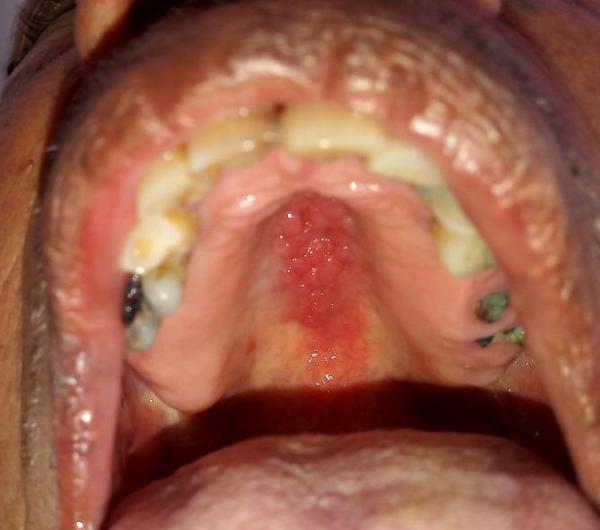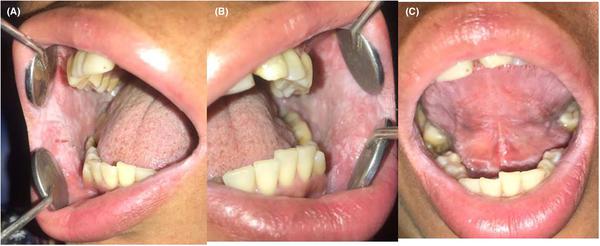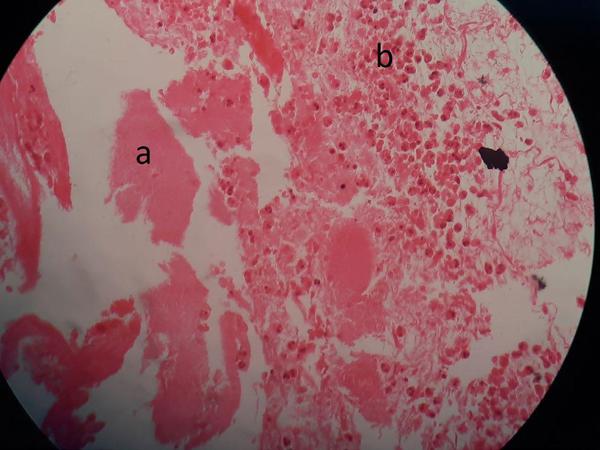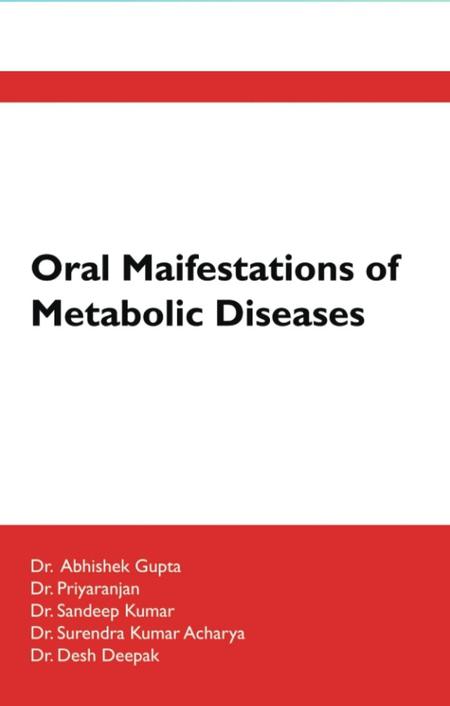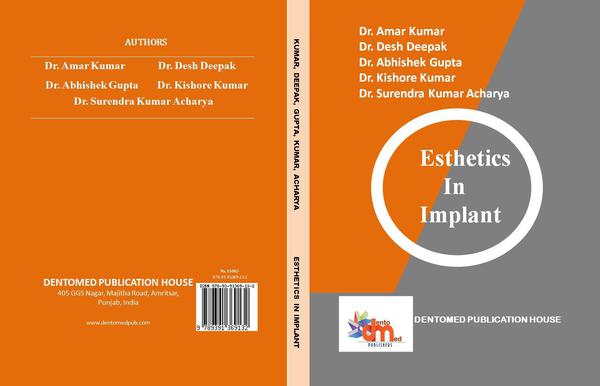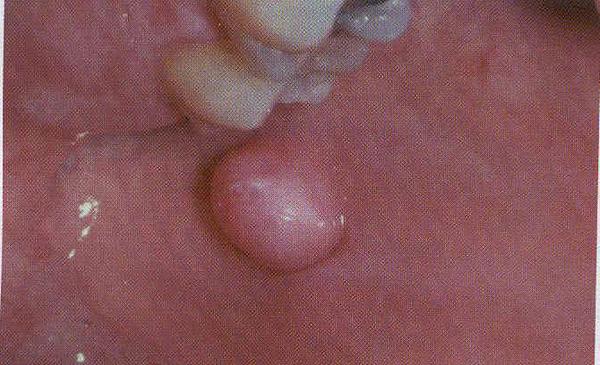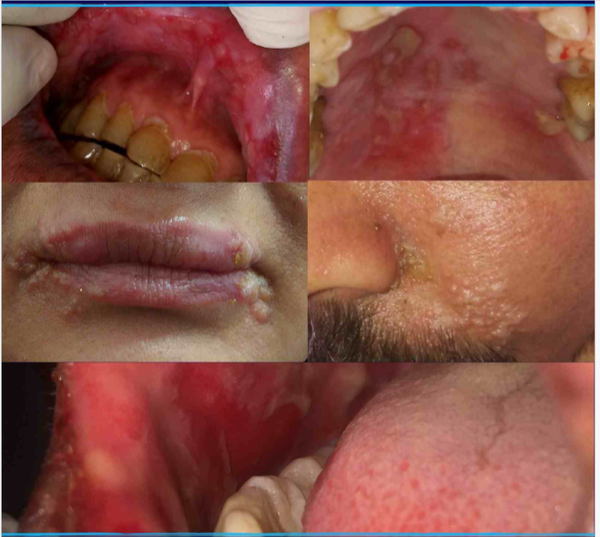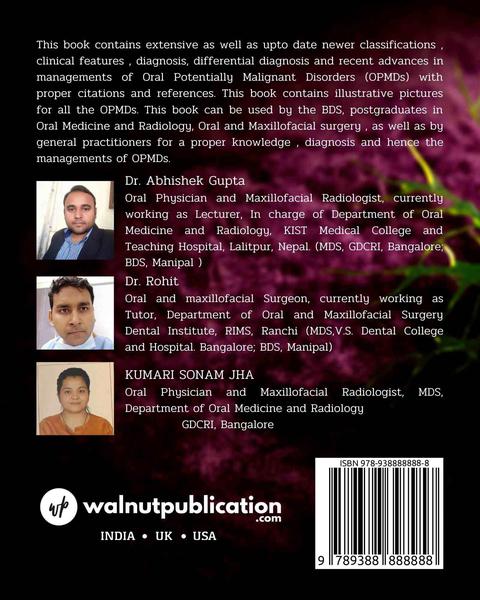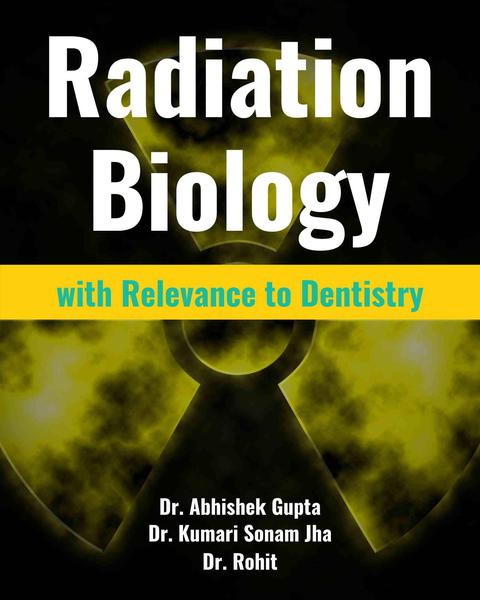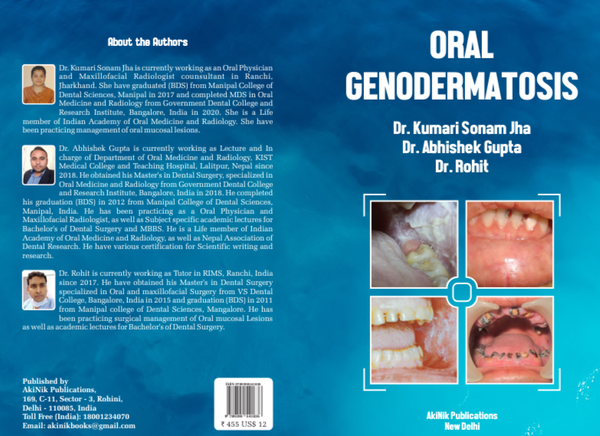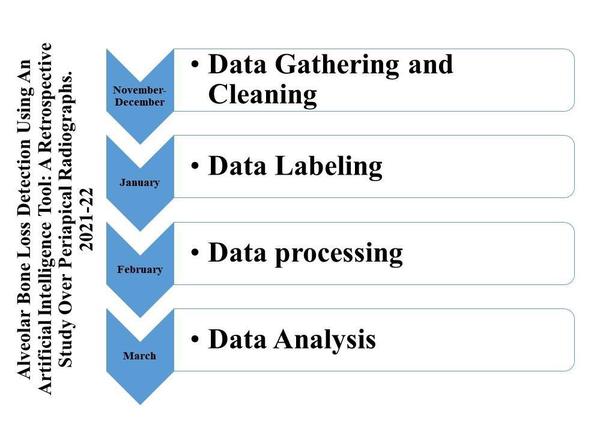25th June 2021
Areca nut an ignored carcinogen of Asian continent in a nutshell
Areca nut is the fruit of Areca catechu palm tree mainly grown in South East Asia and Pacific islands. Areca nut is chewed by approximately 600 million people worldwide (10–25% of world’s total population). Most of the chewers are concentrated in the Asian continent such as India, Nepal, and Pakistan, wherein chewing betel quid and areca nut are considered as a part of custom and tradition in some of the communities, affecting approximately 20% of the native population.[1,2] The report of the GATS for India showed betel quid with tobacco which was used by 7.5% men and 4.9% women, and mixtures of areca nut and tobacco, without betel leaf (Gutka and Mawa) used by 13.1% men and 2.9% women.[3] It is the fourth most common psychoactive substance used globally.[1,3] Areca nut is chewed in various forms; plain supari, sweet supari, pan masala and in the form of gutkha. The independent role[4] of areca nut in oral cancer as well as synergistic effects with alcohol and tobacco is well documented in the literature and the International Agency for Research on Cancer in 2004 has classified areca nut as Group I carcinogen.[2] Realizing the carcinogenic effects of tobacco government of India have impleted the cigarettes and other tobacco products (Prohibition of Advertisement and Regulation of Trade and Commerce, Production, Supply and Distribution) Act, 2003 can in to force which prohibits smoking in public place, direct, and indirect advertisement of tobacco products, sale of tobacco products to minors and nearby educational institutions; mandates depiction of pictorial health warnings on all tobacco packs. However, there is no similar act for areca nut yet; moreover, areca nut is considered as a food product category and only positive thing is that it cannot be mixed with tobacco and sold legally under food safety and standards Act, 2006 which states: “Tobacco and nicotine shall not be used as ingredients in any food products.”





























